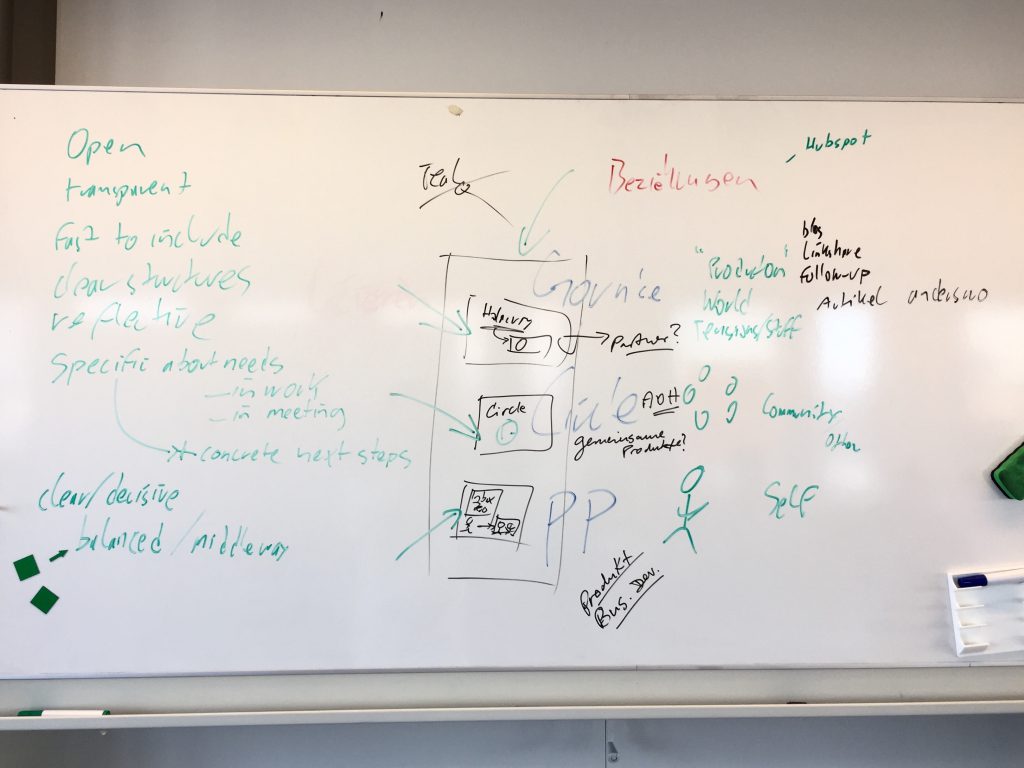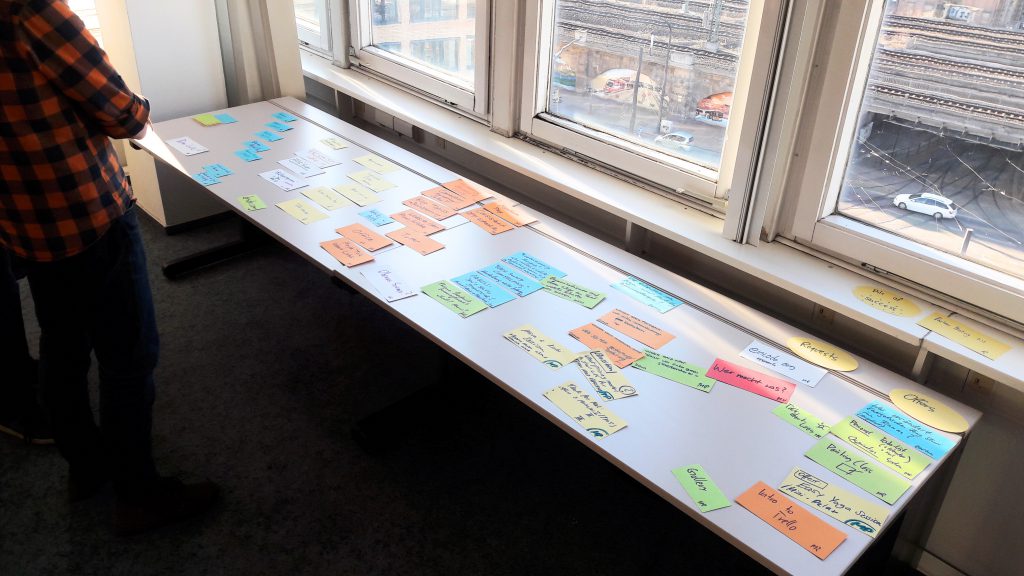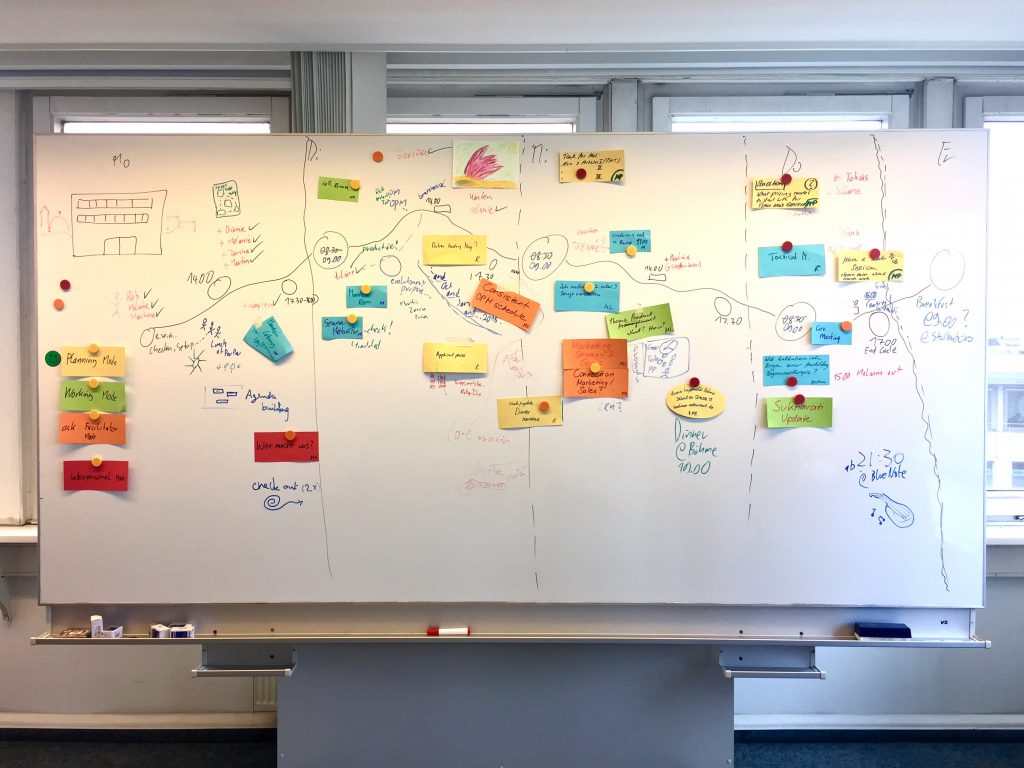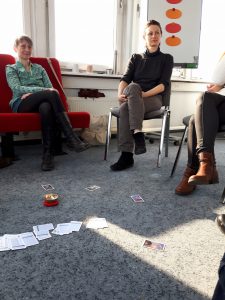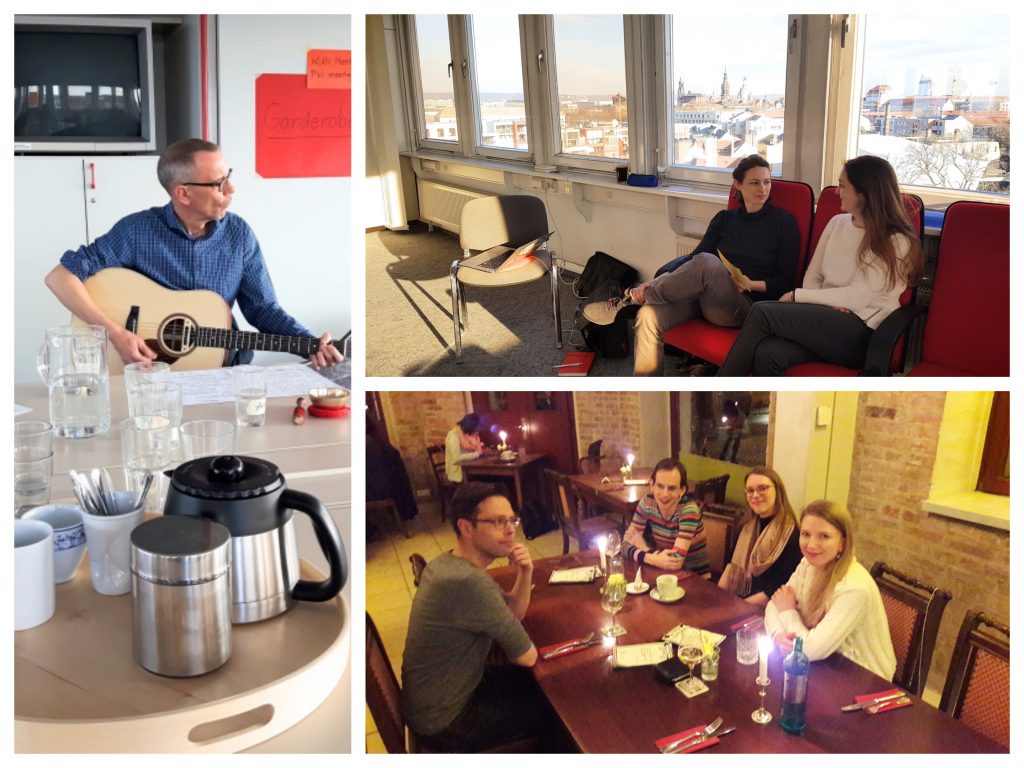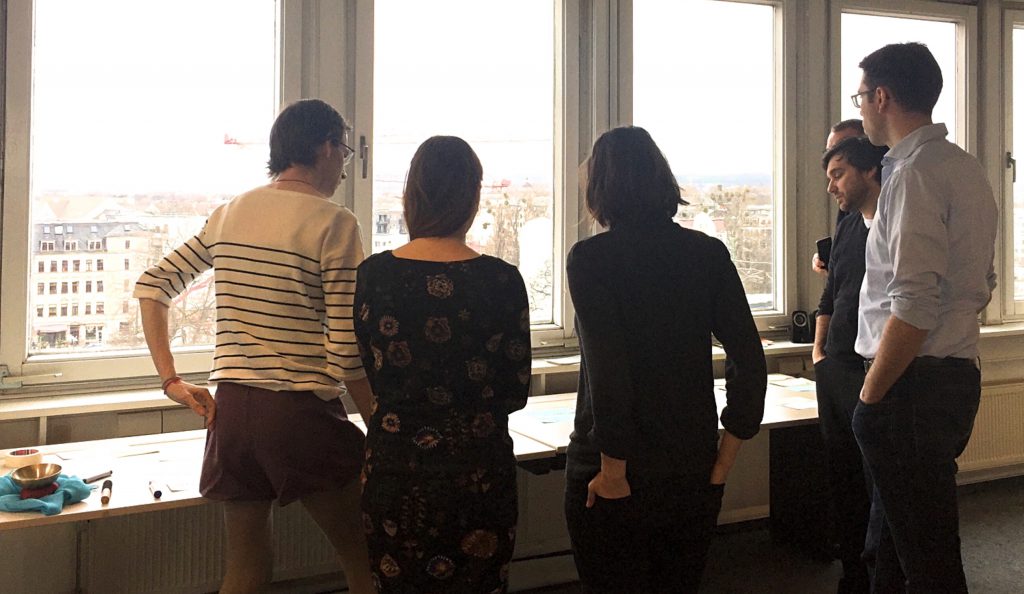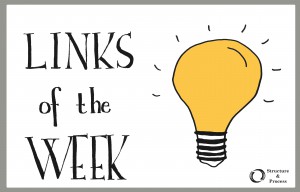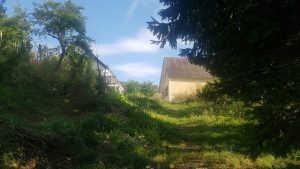
While staying at the Obenaus Community in Southern Styria this week, I tracked my day: I wanted to observe how I spend my time, so that I can harvest insights on a balanced work day structure.
I share it here for inspiration and exchange: I am curious how others structure their day to find balance, health and productivity in their work day.
“Work” for me was office work on this day – mostly on the computer.
The Schedule
0630 Wakeup
0700 Meditation & self-care
0800 Breakfast (about 45 minutes, then set up for work)
0900 Work (online meeting with the team of Structure & Process)
1030 Break / personal social time (spent in the garden, speaking on the phone with a friend)
1100 Break / Community time
1125 Work continues (computer, phone, paper)
1300 Lunch
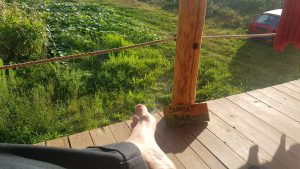
1415 Nap & self-care
1515 Work
1645 Break
1730 Work
1900 End Work
This schedule felt just right for me, except for the last work period, which was too long. If this became my proper schedule, I would experiment ending work at 1830.
This would net three work periods of 1.5 hours and one of 1 hour: 5.5 net work hours (which seems plenty). I could see the work periods dedicated for other purposes (community time, study, outside travels, more rest) depending on situational need.
My personal highlights:
- Early wakeup. I enjoy waking up early. I often go to bed late though, which then impacts on everything else. On this day, I had committed to a shared meditation at 0700, so I knew I would get up at a fixed time.
- Dedicated meditation time.
- Regular meals. Early-ish breakfast. Long lunch break.
- Dedicated time for personal connections and community during the day (not pushed aside by work, not pushed into the evening)
- Scheduled Nap Time! Every day becomes better with a nap for me. I have never regretted a single nap I took, ever. Note to self: take more naps.
- Dedicated personal care time during the day (while I am awake and energetic, not pushed into the evening when I am often tired)
- Work periods have 90 minutes max, then a break follows.
I have yet to see how I can apply this in my daily life, which often involves travels and changes in location. I could see an expansion for the week too, using this from Monday to Thursday, relaxing on Friday and taking a break on Saturday and Sunday.
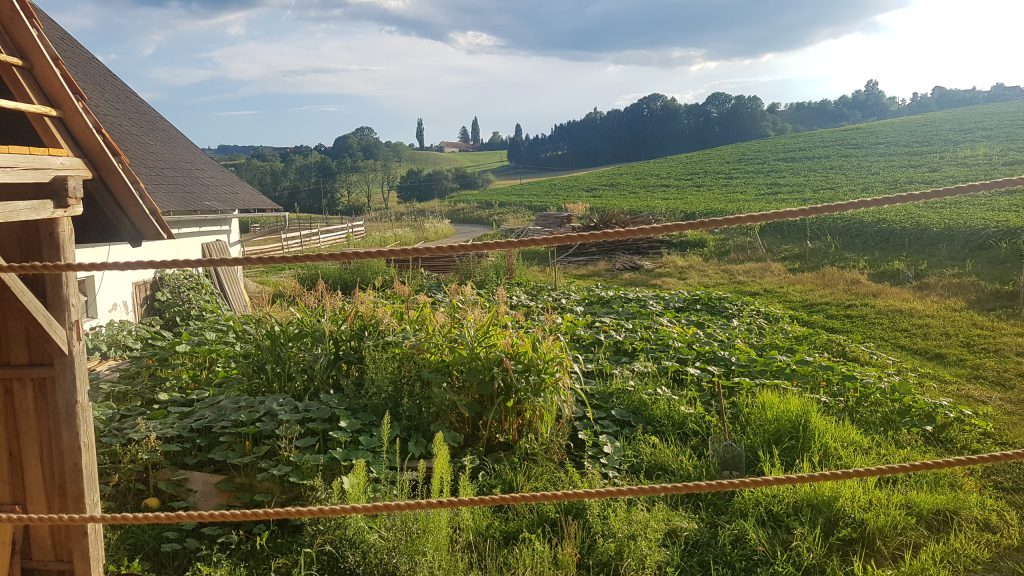
What structures do you use to go through your day? What has worked for you and what not? I am curious to hear about others’ schedules or interesting pieces of structure that help you find balance, health, productivity and peace of mind during your work day!
(Originally posted on the (closed) Obenaus Facebook Group on August 2nd 2017, expanded and edited for this blog.)
Obenaus is an international residential community exploring healthy and sustainable ways of living in community. It was co-founded by Rainer von Leoprechting, who is a partner in Structure & Process.
